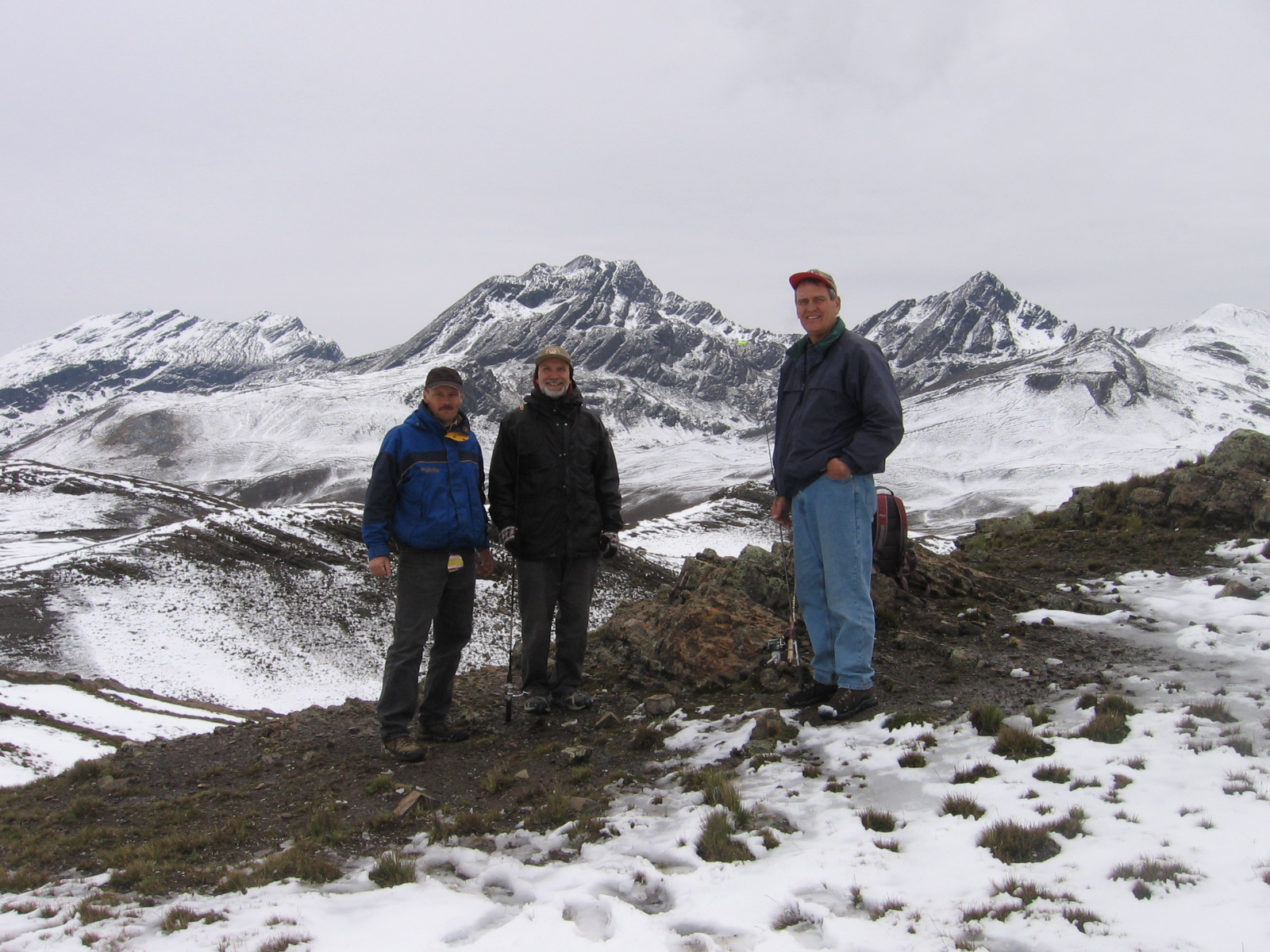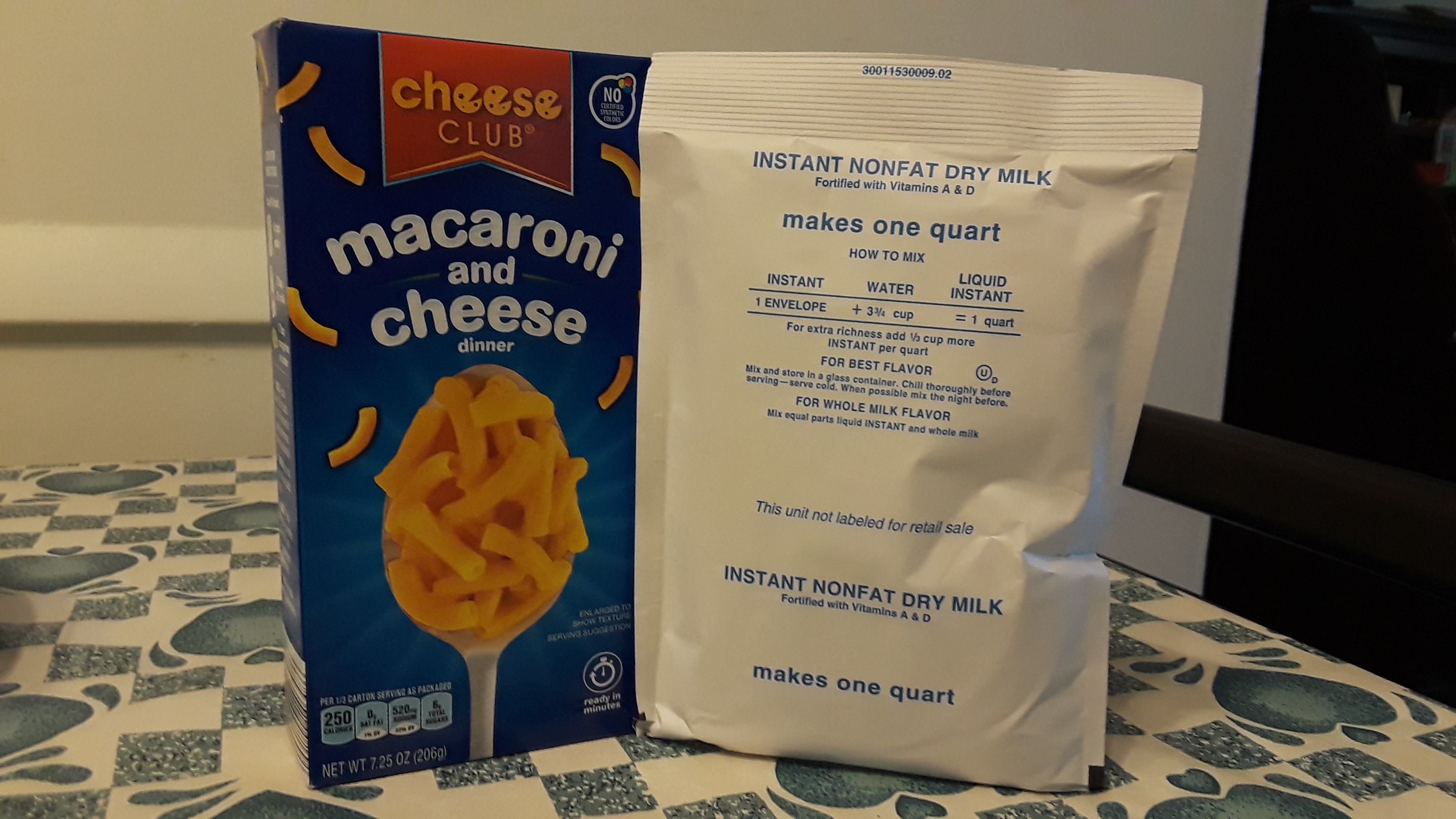Packing it in
On occasion you may wish to stretch your Andes fishing trip to more than one day. Good luck with that. Outside of Argentina and Chile, resorts and Airbnb’s near any good fishing holes are scarce. Think roughing it.

To reduce the roughness, you will do well to think through carefully your answers to three basic questions.
What am I going to eat?
Where am I going to sleep?
What am I going to do with my catch?
Okay, this is not rocket science. But your comfort and success, and sometimes your health, depend on sound planning.
Many years ago I acquired a book entitled Lightweight Backpacking. While researching this blog, I found several books currently on the market with the same name but could not locate that one. Too bad. It was written by a veteran Boy Scoutmaster before anybody, it seems, had heard of hydration packs or freeze-dried stir fry. His tips on surviving overnights in the wilderness were simple, practical and cheap. You could find most of the gear he recommended at a good Army-Navy surplus store stocked with WWII leftovers.
Leftovers remind me: the first thing you should pack is your grub and leftovers work just fine. For the first day out, I’d go with yesterday’s fried chicken or a pot roast sandwich, something familiar to remind you of home when you’re up there on the barren heights.
Eat heavy stuff like apples, bananas or hard boiled eggs on the first day so you won’t have to pack them around. Remember, you will be carrying lots of water, which is the heaviest thing on the menu. Don’t skimp on the water. It keeps your brain lining hydrated, which helps you avoid sorojchi, which must be avoided at all costs. (See Blog 1, What goes down, for more on that.)
For supper, cook mac and cheese using powdered milk on a small camp stove to go with a couple of the trout you catch. No trout? Then canned tuna or sardines will have to do. No camp stove? Then a fire will have to do--if you can find fuel. Be advised that no trees grow in high elevations of the Andes, so the locals use dried llama dung. I don’t. It takes more time than I am willing to invest to gather enough of the stuff to make a respectable fire. Also, it adds an odd flavor to your mac and cheese. But, hey, it’s your call.
Bring along instant coffee or hot chocolate mix to have something warm in your tummy when you go to bed. A warm tummy helps you face the cold night ahead.
Day two begins with coffee or hot chocolate and a breakfast of granola or oatmeal. It works well if you mix the powdered milk into the granola before leaving home so you only have to add hot water. Yes, it’s best to eat your granola hot so you can face the cold morning ahead with a warm tummy. Peanut butter on toast or crackers gives you the extra energy boost you need to stalk trout.
Use the rest of your bread to make a lunch of liver pate sandwiches with cheese. If your mom never succeeded in getting you to eat liver, then go with peanut butter or some other portable protein. The classic trail mix of peanuts, raisins and M&Ms makes a great side dish. The chocolate also helps brighten your mood in case you had to eat sardines for supper.
I have used this menu on countless fishing trips in the Andes and can attest that it is simple, practical and cheap. An added benefit is the astonishing appreciation for your wife’s cooking that you develop in just two days on the barren heights.
The second thing you should pack is the roof over your head. You want a lightweight tent, but it doesn’t have to be feather light. Keep in mind that in high elevations, temperatures can plummet 50 degrees Fahrenheit between sundown and sunup and this skimpy nylon will be the only thing between you and the cold, dark night.

You really can’t go wrong here as long as you have a three-place tent and invite two fishing buddies along on the trip. One carries the tent poles and stakes, and the other the rain fly. That leaves just the tent shell for you to carry, which is a piece of cake. Oh yes, be sure to take along a large bandana which, along with other obvious applications, works well for sweeping out the tent come morning.
Experience has taught me that three fishing buddies huddled together inside a cramped tent will almost certainly generate enough body heat to withstand a night in the Andes. Of course, an adequate sleeping bag helps. A 20-degree rated bag will usually do the trick, provided it doesn’t get wet and provided you are not wet when you crawl into it.
They make these nifty sleeping bag liners for exceptionally cold nights. Most are cozy fleece cocoons that you slip into before slipping into your sleeping bag. If you have a wool poncho handy, which I strongly suggest you do, spread it over your bag. With this kind of layered warmth and two fishing buddies alongside (if it’s an exceptionally cold night, insist on sleeping in the middle) I can almost guarantee you will survive to see the sun rise.
Experience has taught me that maintaining warm relationships with fishing buddies requires communicating up front your expectations for tent protocol. I have three simple rules that I always make clear at the outset.
1. No food inside the tent.
2. No boots inside the tent.
3. Don’t forget rules 1 and 2.
Before you write me off as a neat freak obsessed with nitpicky regulations, I challenge you to try sweeping out a tent once with a bandana.
I suppose Rule 3 could be altered to read “No trout inside the tent,” but it has never occurred to me to mention this. Nor has a fishing buddy ever suggested introducing dead animals to the enclosed space we are about to share for several hours. If one ever did, he would surely face the cold, dark night . . . outdoors.

This brings us to the third and most perplexing of the questions of overnight fishing in the Andes. What do I do with my catch?
There are at least two schools of thought here. One advises you to dig a hole, line it with dry grass, pack your gutted trout with cold ashes from your campfire and bury it. The second school says to put the fish in a cooler with plenty of ice. Granted, this method is more sanitary and appetizing, particularly if you made your campfire with llama dung. However, it may not be an option if you have hiked into a fishing hole several miles from the nearest road and several miles above sea level.
Once in the 1980s, a landslide buried the road to Sehuencas, one of Cochabamba’s most productive trout waters. For two whole years, fishing this river entailed a hike of several miles through cloud forest and an overnight stay. Few locals had the gear or the gumption to attempt this, so the trout went on holiday, growing fat and careless. News of exceptional catches enticed two buddies and me to undertake the Sehuencas challenge.
The first day produced a splendid catch. A monsoon swept into the valley about the time we arrived. We spent the entire afternoon drenched to the bone while pulling in one fat trout after another.
Needless to say, we did not eat sardines with our mac and cheese that night. Even after gorging ourselves, a substantial string of rainbows remained, more than enough to justify the hike and impress our wives. These we confidently hung in the high branches of a tree. Bears have been hunted to extinction in this part of the Andes and smaller predators are too timid to come around humans. We assumed nothing would bother our catch.
As they say in the news business, never assume. Next morning, the first thing I did was to check on our string of rainbows. They were gone. Not half eaten, not spilled on the ground, but vanished. All I found were a few smudged human footprints under the tree and tracks in the soft mud on the river bank that belonged to a very large dog. We had fallen victim to not one, but two predators, a canine who sniffed out our catch and his master who plucked them from the high branches of the tree.
We were cast down but not driven to despair. After all, we had a whole day ahead of us and the fishing would be splendid. Or so we assumed. But the monsoon gave way to bright sunshine which discouraged the fish from leaving their hiding places to attack our spinner baits. A whole day’s fishing produced exactly one mediocre rainbow, which neither justified the hike nor impressed our wives.
How many times would I later lament our decision to hang those trout in a tree instead of burying them underground or even--Heaven forbid--sleeping with them. As Robert Burns famously said, “The best laid plans of mice and fishermen often go askew.”
Which reminds me of some keen advice Jesus gave us about plans that go askew. He famously said:
“So do not worry, saying,
‘What shall we eat?’ or
‘What shall we drink?’ or
‘What shall we wear?’”
Heard this before? Of course. (See paragraphs above.) Jesus has just deconstructed this whole blog. How embarrassing for me! What a waste of time for you!
But wait a minute. Maybe we are dealing here with two schools of thought on worry. One school associates the word with making plans, as in, “Don’t worry about lunch. I’ve got it.” or “Let me worry about where we go fishing.”
But the way Jesus uses the word is much like the Bob Marley song, Don’t worry, be happy. Worry here equates with anxiety, as in, “Don’t be anxious about what you eat . . . just eat it!”
So when it comes to tomorrow’s plans, yeah, you should make some. But if they don’t work out as expected, don’t sweat it. Don’t let anxiety sour your attitude or ruin your appetite or rob you of peace of mind. The way I see it, it’s bad enough that a low-down, suck-egg dog would steal a guy’s catch. I’m sure not going to let him take away my peace of mind, as well.
And after all, God has a Plan. At the end of the day, it’s the only plan that is absolutely failsafe. I have discovered that when I focus on following that Plan, my own plans fit perfectly, even when things go askew.
So good luck today with your plans. Seriously.

Next time: The don’t do list

